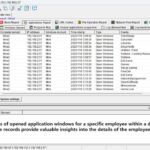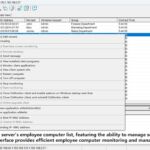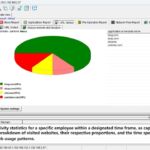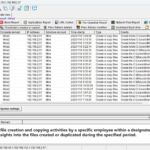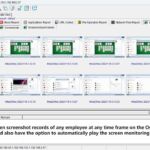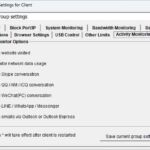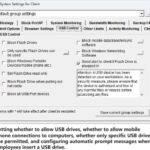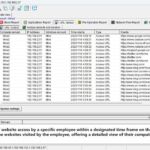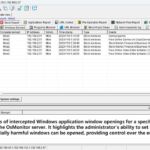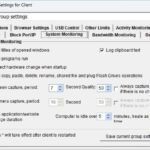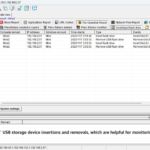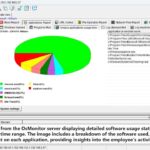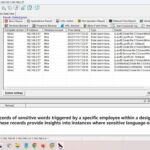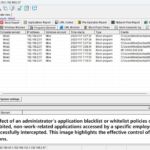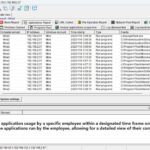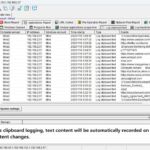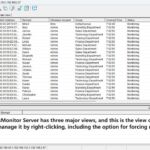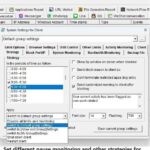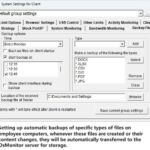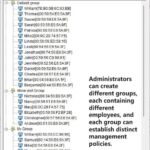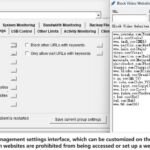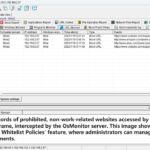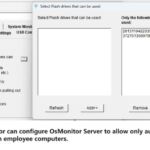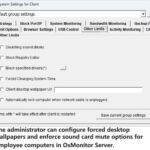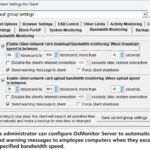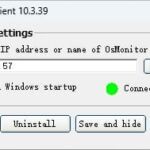Now is a good time for banks to think audit their back-up and storage to achieve both cost-savings and regulatory compliance.
A gambling and gaming company has achieved 75% in cost-savings with Amazon Web Services (AWS). The return on investment (ROI) it
has achieved is incredible and, more importantly, it can be replicated by banks and other financial services organisations at a
time when the European Union's General Data Protection Regulation (GDPR) are just around the corner - coming into force on May
2018.
So, now is a good time for banks to think audit their back-up and storage to achieve both cost-savings and regulatory compliance.
The other key challenges include:
data locality;
bandwidth and data change rate that needs replication to a remote site hosting the cloud;
privacy.
The gambling and gaming company is keeping some of its data on-site and some of it resides in the cloud. To improve the speed at
which it can back up and restore its data, the firm has used a data acceleration to reduce the time it takes to back up its data.
The less time it takes to back up data, the more it can save financially - and that's despite growing data volumes. The larger the
data volume, the more challenging companies, including banks, find it to move data to and from the cloud.
David Trossell, CEO and CTO of data acceleration company Bridgeworks, explains: "The rush to put everything in the cloud and run
the organisation from there has had an impact on internal service-level agreements (SLAs). An example is of the gaming company.
After migrating everything to the cloud, the response for the HQ staff accessing the database in the cloud became unacceptable:
this is purely down to the time it takes to get from the HQ to the cloud, a factor of the speed of light.
"This has been the experience of many cloud-only strategies where databases have been involved. This forced the pendulum back to
what is now a more acceptable model of a hybrid cloud strategy where the critical data still on-premise, but the non-critical data
along with Backup-as-a-Service (BaaS) and Disaster-Recovery-as-a-Service (DRaaS) residing in the cloud."
So, unlike WAN optimisation, which can't handle encrypted data, WAN and data acceleration optimise the velocity of data transfers.
Data acceleration also mitigates the impact of data and network latency, which can even have a negative impact on DRaaS. Beyond
data acceleration, the trouble is that there is no efficient traditional way of moving the data around, and the options are often
limited for customers.
From:http://www.zdnet.com/article/overcoming-the-challenges-back-up-and-storage/
About OsMonitor:
The mission of OsMonitor is to create a Windows computer system tailored for work purposes, effectively regulating employee computer behavior. It enables employers to understand what employees are doing each day, monitoring every action, including screen activity and internet usage. Additionally, it restricts employees from engaging in specific activities such as online shopping, gaming, and the use of USB drives.
OsMonitor, designed purely as software, is remarkably user-friendly and requires no additional hardware modifications. A single management machine can oversee all employee computers. As a leading brand in employee computer monitoring software with over a decade of successful operation, OsMonitor has rapidly captured the global market with its minimal file size and excellent cost-effectiveness compared to similar software. At this moment, thousands of business computers worldwide are running OsMonitor daily.




